ZUSHI KAISEI Junior and Senior High School
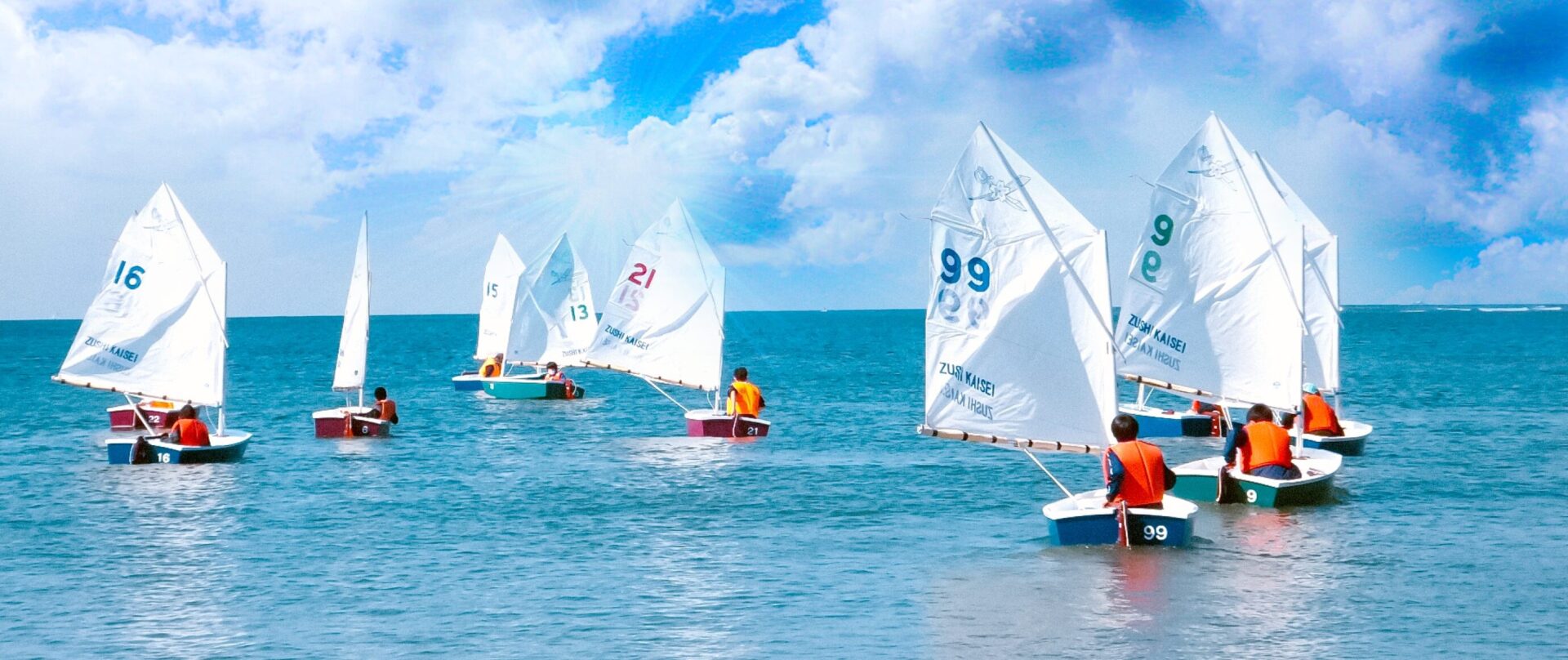
Message from the School principal
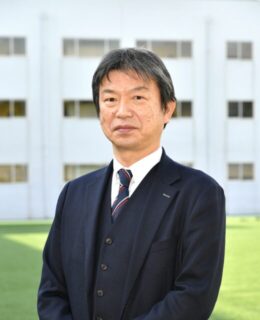 School principal Ado Kowada
School principal Ado KowadaWe strive to cultivate aspirations higher than the clouds, knowledge broader than the sea, and fly into the sky of dreams.
The origin of education at Zushi Kaisei Junior and Senior High School lies in the idea of “kaibutsu seimu” (developing and enlightening humanity and fulfilling one’s duty as a person), which is also the origin of the school’s name.
This founding spirit supports the foundation of our school’s educational activities. In this land rich in nature, surrounded by the sea and mountains, learning activities, club practice, committee work, and a variety of other stimulating experience and events are held. We also offer programs unique to Zushi Kaisei, such as marine education, overseas training, Saturday non-traditional classes, and English programs.
Through these efforts, we cultivate a rich mind full of curiosity, a strong body, a civic pride that transcends differences in living environment and nationality, and develop students with high aspirations who can contribute to society and who will lead in the future. I look forward to their leaving this nest.
120 years history
Early Meiji period ~ Pacific War
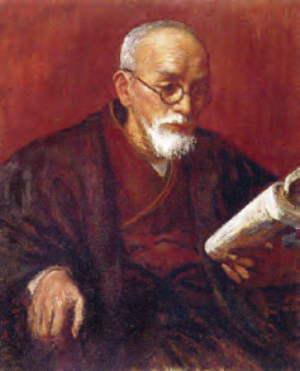 Shinnosuke Tanabe
Shinnosuke TanabeThe predecessor of our school was the Second Kaisei School, a private school that opened in 1903 in the Ikego neighborhood of the Miura District (currently Ikego, Zushi) as a branch school of the private Tokyo Kaisei Junior High School. The first principal was Shinnosuke Tanabe, who was the principal of Tokyo Kaisei Junior High School. After that, it became independent from Tokyo Kaisei Junior High School (1909), and was renamed Zushi Kaisei Junior High School. The tragic “Shichirigahama boat accident” occurred the following year, in 1910 (Meiji 43).
Amid the financial crisis following the accident, Raizo Kanda (Kinbian + Rai) was appointed as the financial director, but the story continues on until 1919 when Miyoshi Okada, a retired naval officer, was appointed as the sixth principal. For 10 years, there were many incidents, and the school was unstable. Before the war, the 7th principal, Mamoru Okumiya, and the 8th principal, Saburo Shikae, former naval officers, served as principals, and the school reached a golden age. It was transformed into a foundation at the end of 1931 (Showa 6).
Post-war educational system reform: The active period of athletic clubs
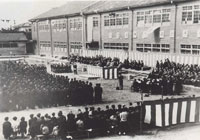 60th anniversary of the founding of the school
60th anniversary of the founding of the schoolAfter the Pacific War, Zushi Kaisei Junior High School and Zushi Kaisei High School were established due to educational reform, and in 1953 they celebrated their 50th anniversary. It had developed into a large school with 86 teachers and 1,910 students.
However, in 1960 (Showa 35) a dispute arose over the educational improvement and modernization of the school, and the situation reached a point where the school sought mediation from the Kanagawa Prefectural Governor. In addition, as public education was being improved during the period of high economic growth, the number of applicants to our junior high school decreased year by year, and in 1973 we were forced to stop recruiting junior high school students. However, during this period, our school’s athletic clubs were extremely active and produced many national-level athletes.
The 1960s can be said to be another golden age for the school.
Happo-one Disaster – Chairman Tokuma’s school reform period
The school was dealt a major blow by the shipwreck at Happo-one in the Northern Alps at the end of 1980. Five mountaineering club students and one advisor lost their lives. A lawsuit was filed between the school and the family over compensation, and the school fell into chaos. Yasuyoshi Tokuma, who took over as chairman in February 1984, brought the long-running turmoil under control. Under Tokuma’s new regime, school reform was carried out at a rapid and thorough pace. The reopening of the junior high school (1986), which had suspended recruitment, was a major step in improving various facilities, schoolyard watering equipment, heating equipment, the AVC classroom, the 85th Anniversary Hall (currently Tokuma Memorial Hall), the Marine Education Center, etc. In parallel with the improvement of facilities, the educational system was also improved, introducing a two-term system, implementing overseas training, implementing a five-day week system, and opening Saturday courses, etc. The ten-plus years until Yasuyoshi Tokuma passed away while still serving as Chairman of the Board in September 2000 were a time of constant reform and innovation.
Uniform
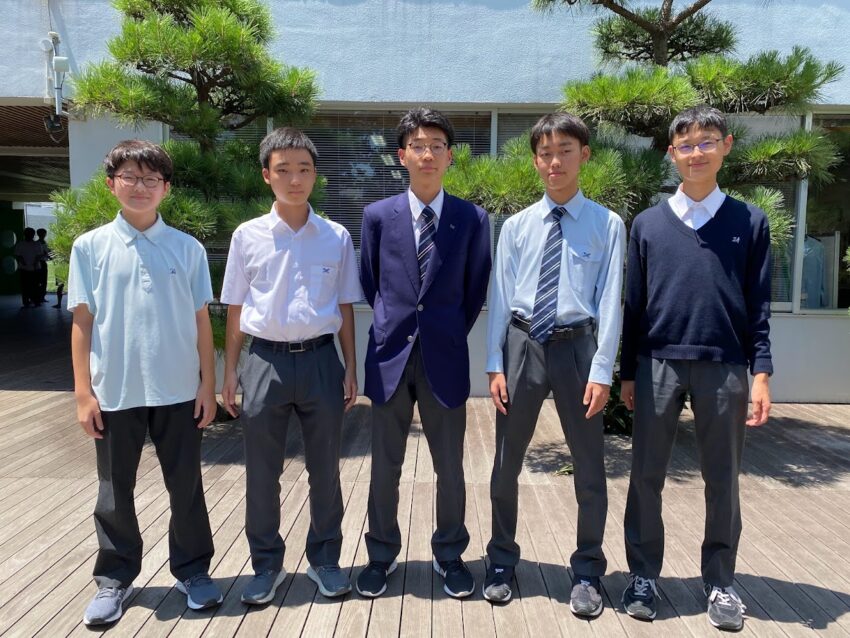
The uniforms share a design for middle and high school. Blazers, slacks, ties, long sleeve shirts (white, blue), short sleeve polo shirts, and sweaters are available.
Curriculum features
- In the three junior high school subjects of English, mathematics and Japanese, sufficient time is taken to develop lessons with substantial content and to thoroughly consolidate basic academic skills.
- In science and social studies, the curriculum is organised to enable efficient learning throughout the six years.
- In year 3 of senior high school, lessons are centred on exercises in line with university entrance examinations.
- In year 2 and 3 of senior high school, students can choose subjects according to their future plans.
- The school offers unique experiential programmes in physical education, arts, moral education and special activities to cultivate physical fitness and emotional development, as well as in technology, home economics and information, which are closely related to daily life.
Rational and quality study programs
The pillars of Zushi Kaisei’s education are teaching and home study.
Taking advantage of the characteristics of an integrated junior and senior high school education over a six-year period, the school has developed a learning program divided into three stages every two years. The first and second years of junior high school are positioned as ‘establishing basic academic skills’, the third year of junior high school and the first year of senior high school as ‘building awareness and motivation for university entrance’, and the second and third years of senior high school as ‘a period of preparation for the university entrance examination of your choice’, aiming to improve basic academic skills and the ability to continue learning both in school classes and through home study.
Teaching – To motivate students to learn.
Students should listen carefully to the teacher’s lectures and take notes, apply the knowledge they have acquired to solve various problems, experiment in groups with their peers and debate opinions on single topics. They also present and perform what they have learnt.
Zushi Kaisei classes are based on the acquisition of knowledge, but also provide students with opportunities to deepen their own thinking and express themselves, in order to nurture students with a strong desire to learn. Students develop their comprehension, thinking and expression skills through exercises and various hands-on activities inside and outside the school, as well as from lectures from teachers, and develop holistic academic skills.
Periodic examinations are held four times a year (once in the second semester of the third year of high school) to measure the level of understanding and achievement in classes. In addition, the ‘Academic Achievement Survey’ is conducted at appropriate times to assess the level of basic academic skills of junior high school students, and various mock examinations are held to determine the status of students’ academic ability in preparation for university entrance.
Home study – to ensure learning
The lessons are taught by subject teachers and are based on in-depth specialist knowledge, so the content becomes more and more advanced as the students move up through the grades. Therefore, it is necessary to revisit what has been learnt in class on the same day. At Zushi Kaisei, we consider reviewing at home as an autonomous and spontaneous initiative.
To help students learn at home, Zushi Kaisei provides junior high school students with a ‘Study Guide’, a collection of guidance notes explaining how to study each subject. The Study Guide is designed as a notebook in which students can make daily study plans and reflect on their efforts, so that they can develop their study self-management skills under the guidance of their homeroom teachers and establish the habit of self-learning while still in junior high school.
‘Remedial training’ and ‘preparatory courses’
While it is desirable to ensure that both classes and home study function well in this way to improve academic performance, differences in mastery can occur. Zushi Kaisei offers supplementary courses during the summer, winter and spring holidays for students who do not fully understand the content of their classes (supplementary courses may also be offered after regular examinations, if necessary).
Zushi Kaisei also makes use of the characteristics of its integrated six-year education system to provide a curriculum that enables students to complete their junior high school studies in English, mathematics and Japanese by the end of their second year of junior high school, so that in their third year of high school they can practice questions for the university entrance examinations. In the second and third years of high school, there is an optional preparatory course ,which is designed to prepare students for university entrance examinations. These courses can be held throughout the year or during long holidays.
